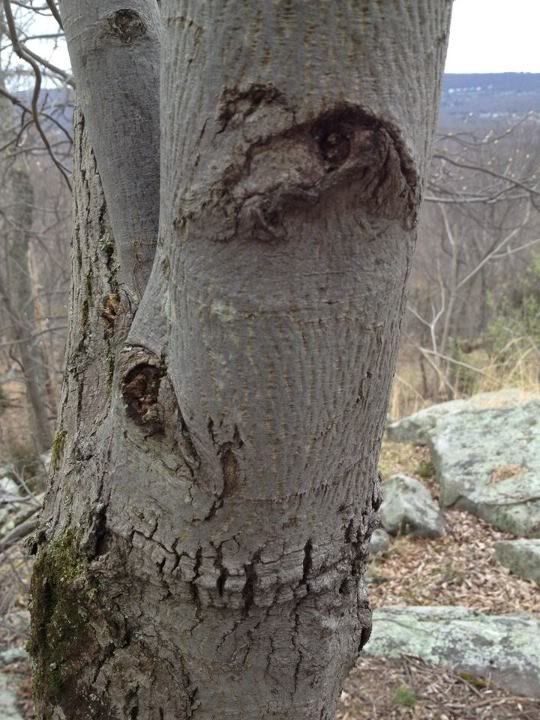 |
| Boogey man tree, found in the forests of Ringwood New Jersey by The Helpful Art Teacher |
Trees can be spooky, frightening, inspiring and beautiful. Have you ever walked in the woods at twilight and imagined you saw monsters or animals?
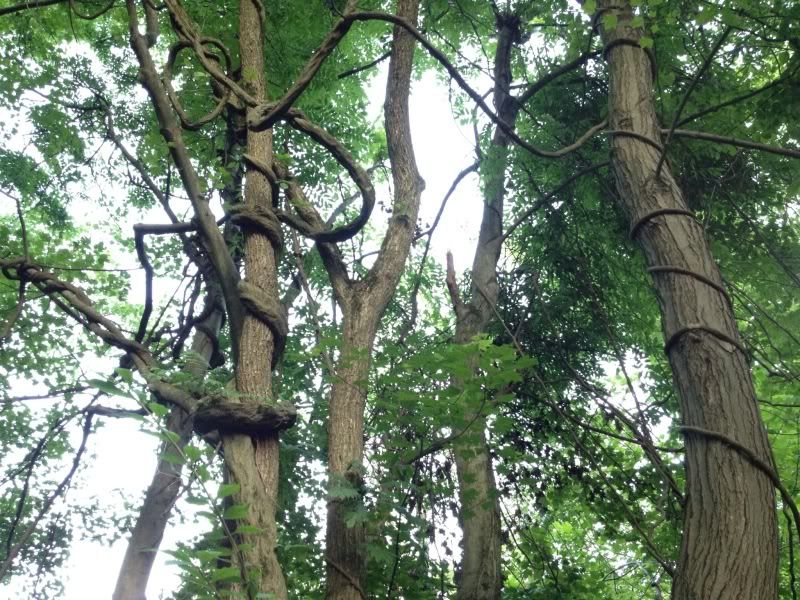 |
| When I looked at this tree, I imagined that it was wrapped with snakes instead of vines |
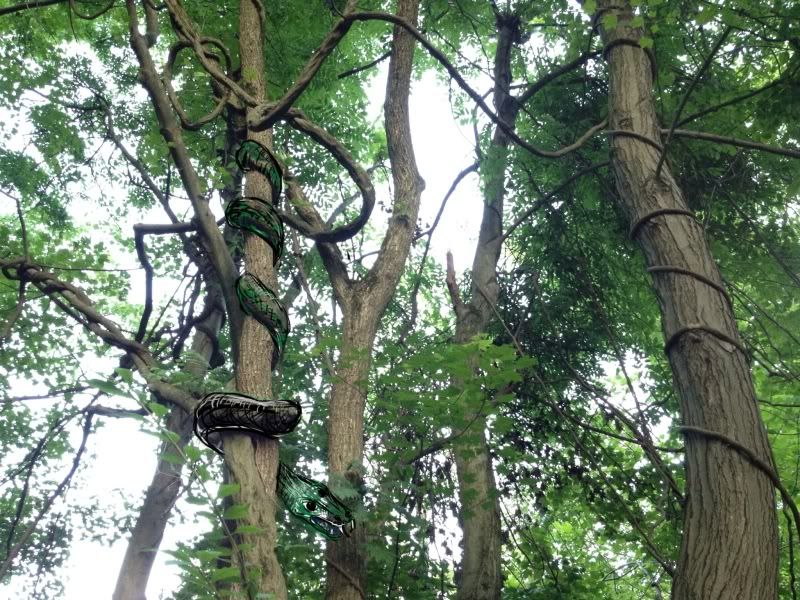 |
| When I squinted my eyes, this is what I saw |
Arthur Rackham, a British children's book illustrator was famous for his watercolors of enchanted trees and forests.
Here is a portfolio I collected of his work:
If you have a camera (even a cell phone camera will do) take a walk in the woods or explore the enchanted trees in your neighborhood. Pay particularly close attention to older trees with gnarled roots. You never know what you might find.
Here is what I discovered when I took my camera for a walk:
click here.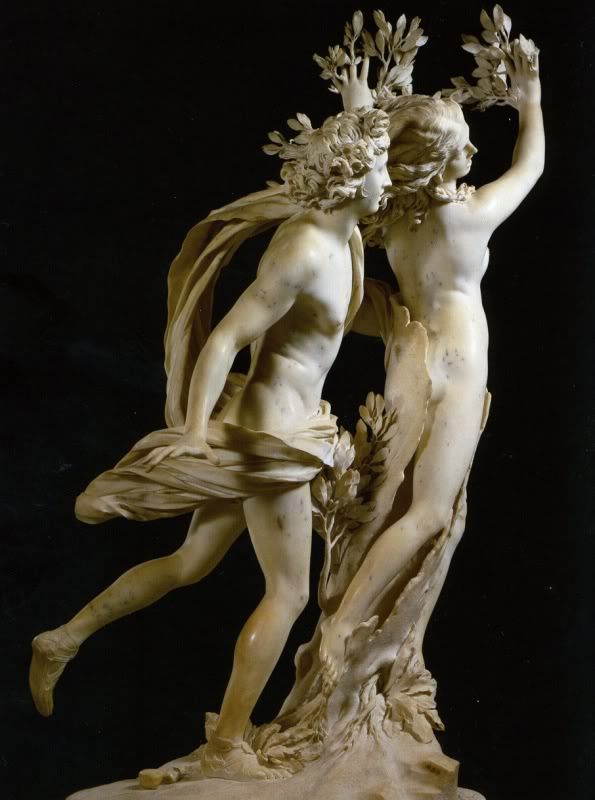 |
| Apollo and Daphne by Gian Lorenzo Bernini 1625 To learn more about Bernini and the Baroque style of art, click here |
Courtesy of Wikipedia
The curse of Apollo, the god of the sun and music, was brought onto him when he insulted the young Eros (Cupid) for playing with bow and arrows.
Apollo was a great warrior and said to him, "What have you to do with warlike weapons, saucy boy? Leave them for hands worthy of them. Behold the conquest I have won by means of them over the vast serpent who stretched his poisonous body over acres of the plain! Be content with your torch, child, and kindle up your flames, as you call them, where you will, but presume not to meddle with my [[weaThe petulant Eros took two arrows, one of gold and one of lead. The gold one was supposed to incite love, while the lead one was supposed to incite hatred. With the leaden shaft, Eros shot the nymph Daphne and with the golden one, he shot Apollo through the heart. Apollo was seized with love for the maiden, Daphne, and she in turn abhorred him. In fact, she spurned her many potential lovers, preferring instead woodland sports and exploring the woods. Her father, Peneus, demanded that she get married so that she may give him grandchildren, as was custom in Greece.[why?] However, she begged her father to let her remain unmarried, like Apollo's twin sister, Artemis.
He warned her saying, "Your own face will forbid it." By saying this he meant that she was too beautiful to keep all her potential lovers away forever.
Apollo continually followed her, begging her to stay, but the nymph continued her flight. They were evenly matched in the race until Eros intervened and helped Apollo gain upon Daphne.
Seeing that Apollo was bound to catch her, she called upon her father, "Help me, Peneus! Open the earth to enclose me, or change my form, which has brought me into this danger!"
Suddenly, her skin turned into bark, her hair became leaves, and her arms were transformed into branches. She stopped running as her feet became rooted to the ground. Apollo embraced the branches, but even the branches shrank away from him. Since Apollo could no longer take her as his wife, he vowed to tend her as his tree, and promised that her leaves would decorate the heads of leaders as crowns, and that her leaves were also to be depicted on weapons. Apollo also used his powers of eternal youth and immortality to render her ever green. Since then, the leaves of the Bay laurel tree have never known decay.
The leaves of the laurel tree stay green even in winter time. Victory wreaths from cut laurels do not lose their beauty. When you look at the twisting bark imagine that it was once Daphne's flowing dress.
Throughout history artists, like Bernini and Rackham, have been inspired by beautiful stories,
like the myth of Apollo and Daphne.
like the myth of Apollo and Daphne.
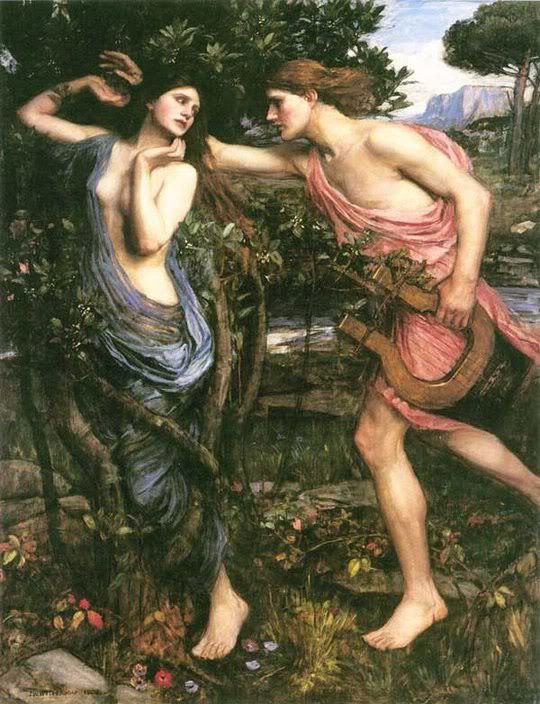 |
| Apollo and Daphne by John William Waterhouse, 1908 |
A peek into
the imaginations of fantasy artists through the ages:
dryads, naiads and anthropomorphic trees
What do you see when you look, really look, at a tree? Featuring Arthur Rackham, The brothers Grimm, C.S. Lewis,John William Waterhouse, Walter Crane, J.R.R. Tolkien,L. Frank Baum, Keith Jennings,Gian Lorenzo Bernini and The Helpful Art teacher, Mrs. Wintemberg.
The imaginations of artists: dryads, naiads and anthropomorphic trees from Rachel Wintemberg on Vimeo.
The best way to create your own fantasy art is to carefully observe nature and allow yourself to let your imagination flow. Look at a familiar form and think to yourself; "It looks like..." or "It reminds me of..."
UPI photograph of the Pacific Ocean, by
UPI photograph of the Pacific Ocean, by
Pierre Tostee
Neptune's Horses, by Walter Crane 1893
Use the shapes of clouds, trees, flowers, leaves,plants, seashells, insects or even your own hand and see where your mind takes you.
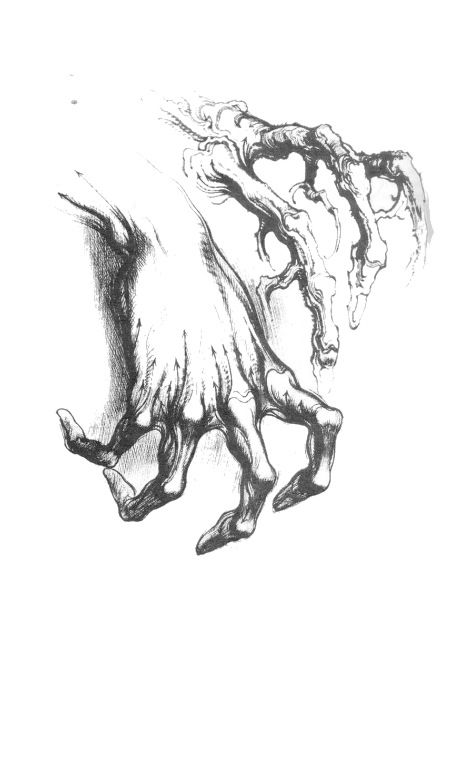 |
| Illustration from Dynamic Anatomy by Burne Hogarth |
Do you ever gaze at the clouds and let your imagination drift?
Sometimes I don't see pictures in the clouds but am just fascinated by the beauty of the sinuous, curving biomorphic lines
What do you see?
The Photograph above is from:
What do you see? The photograph above is from
ALBUM OF SKY REFERENCE PHOTOGRAPHS
BY RACHEL WINTEMBERG
you can see my album of sky reference photographs by clicking on the link below:
Try examining natural objects up close or from an unusual angle.
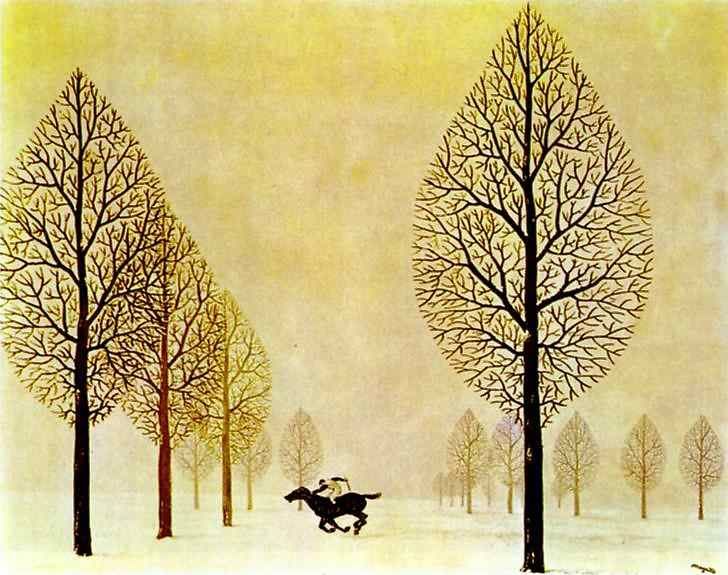 |
| René François Ghislain Magritte (21 November 1898 – 15 August 1967) was a Belgian surrealist artist. His work challenges observers' preconditioned perceptions of reality. The artist started off by observing leaves up close. He noticed that the branching veins on the leaves are like the branching limbs of a tree. He used this discovery to create a picture no one had ever seen before. |
I have collected a portfolio of some of Magritte's paintings for you to look at:
click here.
In each one of these paintings, Magritte depicts an ordinary scene in an extraordinary way.
In each one of these paintings, Magritte depicts an ordinary scene in an extraordinary way.
Here is what I created after looking at, photographing, playing with and drawing the lilies one afternoon:
The story of the Cottingley Fairies
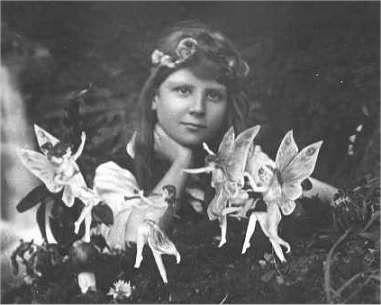
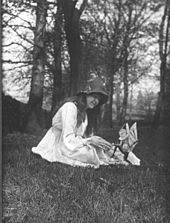

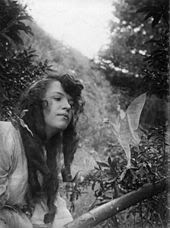
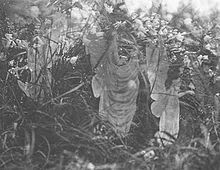
In 1917 two young cousins who lived in Cottingley, England, Elsie Wright and Frances Griffiths,age 10 and 16, fooled the world into believing they had photographed actual fairies. Learn how they did it by clicking here.
The story of the Cottingley Fairies





In 1917 two young cousins who lived in Cottingley, England, Elsie Wright and Frances Griffiths,age 10 and 16, fooled the world into believing they had photographed actual fairies. Learn how they did it by clicking here.
 *Comparison of Cottingley Fairies and illustrations from Princess Mary's Gift Book |
| In 1983, the cousins admitted in an article published in the magazine The Unexplained that the photographs had been faked, although both maintained that they really had seen fairies. Elsie had copied illustrations of fairies from a popular children's book of the time, Princess Mary's Gift Book, published in 1914. They said they had then cut out the cardboard figures and supported them with hat pins *Information and photos of the Cottingley Fairies courtesy Wikipedia |
THE STORY OF THE COTTINGLEY FAIRIES MAY HAVE BEEN A FAKE HOWEVER...
I have found, While exploring the orchid house on the Doris Duke estate in Somerset New Jersey, (http://www.dukefarms.org/)absolute photographic proof that fairies exist and freeze in place the moment grown ups approach,pretending to be flowers. Shhhh...
 |
| Here is my photograph of a real fairy, frozen in place, pretending to be a flower. Do not be fooled! Once all the grown ups are gone..
From Walt Disney's Fantasia
|
The Helpful Art Teacher, 2008, Private Collection
The Persistence of Memory by Salvador Dali
Salvador Dali called his surrealistic paintings 'photographs of dreams'. He would sleep with his arm draped over a metal pan and a spoon in his hand so that he would be awakened by the clatter the moment he drifted off to sleep. This was one of the many tricks he used to remember his dreams.
From The Fifty Secrets of Magic Craftsmanship by Salvador Dali
If, like Salvador Dali, you would like to try 'lucid dreaming' so that you can paint your own 'photographs of dreams', watch the video below, on lucid dreaming by ASAP Science
Here are a few pictures of Dali's Surrealistic dreams
The album above uses a Flash Player and may not be visible on some mobile devices.To view the portfolio of Salvador Dali's Surrealistic dreamscapes on a mobile device, click here.
The Yellow Submarine,
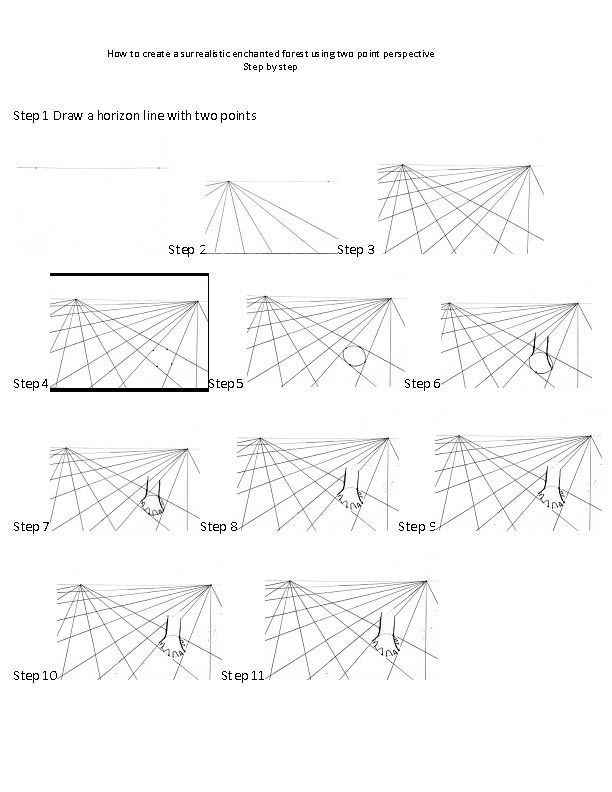

Apply geometric concepts in modeling situations Use geometric shapes, their measures, and their properties to describe objects (e.g., modeling a tree trunk or a human torso as a cylinder).★ CCSS.Math.Content.HSG-MG.A.1
Common Core English
Language Arts Standards for Reading Literature that may be applied to this lesson
Integration of Knowledge and
IdeasCCSS.ELA-Literacy.RL.8.9 Analyze how a modern work of
fiction draws on themes, patterns of events, or character types from myths,
traditional stories, or religious works, including describing how the material
is rendered new.
is a wonderful, inspiring, fun surrealistic animated fantasy film that everyone who would like to create fantasy art should watch. The movie is a celebration of music, imagination and color. You can watch it, in it's entirety, by clicking on the link below:
The world of TheYellow Submarine is populated with fantastic imaginary creatures. To see an album of imaginary creatures created by many different contemporary artists, click on the link below:
I found this wonderful drawing of invented creatures by the artist Maralina! On Flickr.
Here is the link to her original drawing:
The wonderful thing about inventing your own imaginary creatures is that no one can tell you that you're doing it wrong. If anyone tells you that the beast you create is 'ugly', just tell them that it is a monster and continue happily drawing.
Take some drawing paper and try creating a page of imaginary creatures of your own.
Assignment: Create a drawing of an enchanted or Surrealistic forest. Be as creative and original as possible. Fill the page. Look at the work of other artists for inspiration before you begin but make sure your work is the unique product of your own imagination and personal experience. I created step by step printable directions and an instructional video on two-point perspective to get you started.
Where YouTube is blocked try:
To view my videos from this post in my Photobucket album.
Printable worksheets and assignments from The Helpful Art Teacher


THE GAME OF CHESS IS USED THROUGHOUT FANTASY ART AND LITERATURE AS A METAPHOR FOR THE JOURNEY OF LIFE.
Wizard's Chess - Harry Potter and the Sorcerer's Stone
Lewis Caroll, author of Alice in Wonderland, based his entire children's fantasy novel, Through The Looking Glass, on a magical game of chess.
To read Caroll's classic work of fantasy, Alice's Adventures in Wonderland, Illustrated by Arthur Rackham, click on the link below.
Now that you have enjoyed reading about Alice's adventures and looking at Rackham's exquisite illustrations, it is your turn to create an original illustration.
You have already learned how to construct a chess board and an enchanted forest using two point perspective. You have looked at trees and clouds and seen them come to life when you squint your eyes.
Through The Looking Glass, by Lewis Carol, is the sequel to Alice's Adventures in Wonderland. The entire fantastic tale is actually a magical chess game. Click on the link below, read the story and use the skills you have developed to illustrate your favorite part. http://www.gutenberg.org/files/12/12-h/12-h.htm
COMMON CORE MATH STANDARDS THAT MAY BE APPLIED TO THIS LESSON
Apply geometric concepts in modeling situations Use geometric shapes, their measures, and their properties to describe objects (e.g., modeling a tree trunk or a human torso as a cylinder).★ CCSS.Math.Content.HSG-MG.A.1









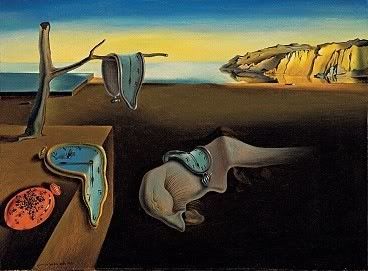





Hi there, just wanted to say, I liked this blog post.
ReplyDeleteIt was practical. Keep on posting!